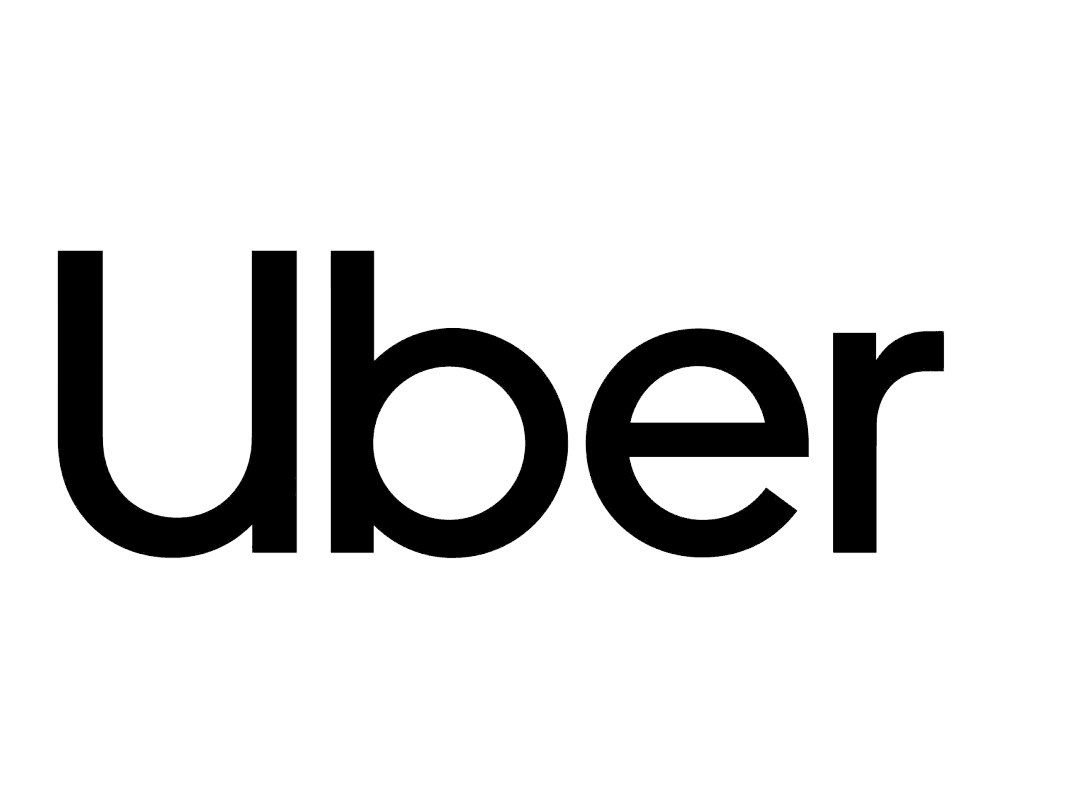Are you curious how certain businesses can completely reshape industries and leave established companies struggling to keep up?
In the ever-changing business world, staying ahead of the competition requires constant innovation. While there have been many ideas and strategies over time, few have been as impactful and enduring as disruptive innovation.
This article will explore examples of disruptive innovation and how it can drive growth in market share and help companies achieve a competitive edge by challenging the status quo.
What is disruptive innovation?
The theory of disruptive innovation, popularized by Harvard Business School professor and frequent Harvard Business Review contributor Clayton Christensen, explains how new technologies, new products, or new services can start small but eventually surpass established offerings in the current market.
There are two key components to disruptive innovation:
- New market disruption occurs when a product or service reaches overlooked markets or customers not considered before. This typically involves targeting profitable customers and expanding into upmarket customer segments.
- Low-end disruption provides a more affordable or user-friendly alternative to existing products, appealing to mainstream customers or cost-conscious customers at the bottom of the market.
On the other hand, sustaining innovation focuses on incremental improvements to meet the demands of current customers and sustain market position.
10 real-world examples of disruptive innovation
Here are ten examples of disruptive innovation that allowed businesses to adapt, innovate, and thrive in a rapidly changing marketplace.
1. Smartphones
Smartphones revolutionized communication by transforming how we connect, forcing traditional phone manufacturers and telecom companies to adapt.
- Communication. Smartphones combine mobile connectivity, internet access, and messaging apps, revolutionizing how we connect with others.
- Photography. Advanced camera capabilities in smartphones have made standalone cameras less popular.
- Music. Smartphones have replaced portable music players with music streaming apps, leading to a decline in physical music formats and a rise in digital streaming.
- Computing. Smartphones offer features traditionally associated with computers, resulting in a decreased demand for desktops and laptops.
The disruption caused by smartphones offers valuable lessons for other businesses. Companies can succeed by embracing technological convergence, adapting to changing consumer behaviors, and prioritizing user experience.
By integrating technologies, monitoring consumer preferences, and creating intuitive experiences, businesses can stay relevant and competitive in a rapidly evolving landscape. They should also foster innovation and agility to adapt to disruptive technologies and drive continuous improvement.
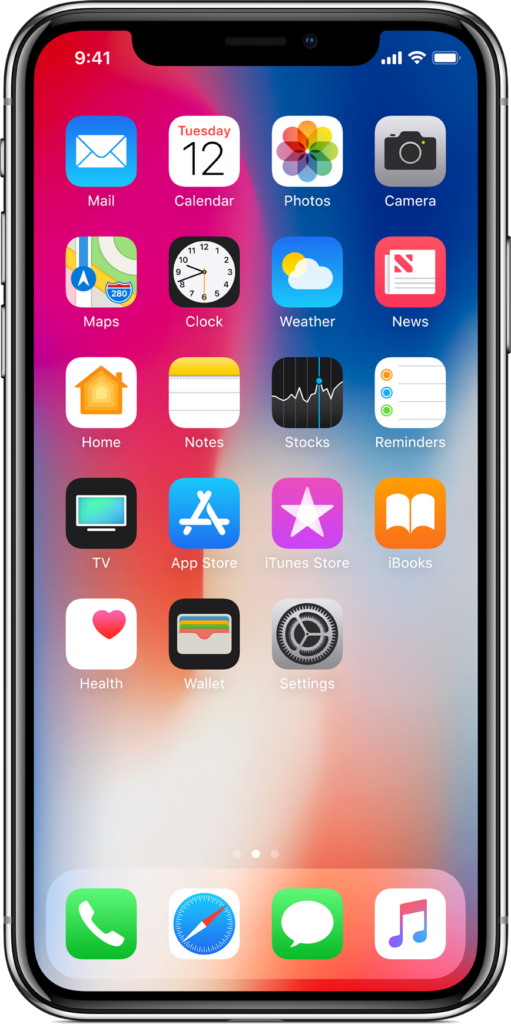
2. Amazon
Amazon’s online marketplace, innovative logistics, and customer-centric strategies have reshaped the retail industry, forcing traditional retailers to rethink their approaches to remain relevant.
- Online marketplace. Amazon’s platform allows customers to easily browse and purchase a wide range of products from home, challenging traditional retailers.
- Convenience and cost. Amazon’s customer-centric approach, competitive pricing, personalized recommendations, and hassle-free delivery options attract a growing customer base.
- Logistics and fulfillment. Amazon’s Prime membership offers fast and free shipping, setting a new industry standard. Their efficient distribution network and inventory management ensure reliable and speedy delivery.
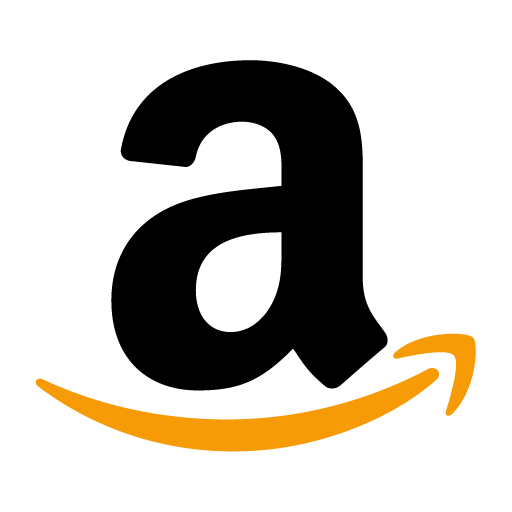
Companies can learn from Amazon’s success by embracing the power of an online marketplace, prioritizing convenience and cost for customers, and investing in efficient logistics and fulfillment processes.
By creating an online platform for customers to easily access a wide range of products, offering competitive pricing and personalized recommendations, and implementing streamlined logistics and delivery systems, businesses can adapt to changing consumer behaviors and remain relevant in the evolving retail landscape.
3. Healthcare
Disruptive innovations in healthcare have transformed how medical services are delivered, making healthcare more accessible, efficient, and personalized.
- Telemedicine. Also known as virtual care, telemedicine provides access to medical providers through video conferencing, improving access to healthcare and reducing the burden on hospitals and clinics.
- Wearable health devices. Fitness trackers and smartwatches provide real-time data on vital signs and activity levels, empowering individuals to manage their health proactively and enabling early detection of potential health issues.
- Personalized medicine. Treatments based on an individual’s genetic makeup, lifestyle, and health characteristics, can lead to more accurate diagnoses, targeted therapies, and improved patient outcomes.
The disruptive strategies employed in healthcare innovations challenged the status quo by introducing novel approaches to medical services. These innovations overcame obstacles such as regulatory barriers, technological implementation challenges, and resistance to change in traditional healthcare systems.
4. Uber
Uber revolutionized transportation by making booking and catching rides quick and easy. Uber’s disruption is also challenging traditional taxi regulations and sparking discussions about the sharing economy and the future of transportation.
- Mobile access. Uber’s user-friendly mobile app allows users to seamlessly request a ride with just a few taps on their smartphones.
- Scalable workforce. Uber’s business model, utilizing independent drivers with their own vehicles, allowed for rapid scalability and expanded availability of transportation services.
- Pricing. Dynamic pricing, or surge pricing, brought transparency and flexibility to pricing, ensuring availability during peak times while allowing riders to make informed decisions.
Here are some lessons that other businesses can learn from Uber:
- Use technology to your advantage. Uber’s mobile app was a key factor in its success. The app made it easy for users to request a ride, track their driver’s progress, and pay for their ride.
- Be flexible and adaptable. Uber’s business model was flexible and adaptable. The company was able to quickly scale up its operations to meet demand, and it was able to change its pricing model to reflect changes in supply and demand.
- Focus on the customer. Uber’s focus on the customer was evident in its commitment to providing a reliable, safe, and affordable transportation service. The company’s customer satisfaction ratings are consistently high.
5. Netflix
Netflix fundamentally changed how people consume entertainment by shifting the industry from Blockbuster rentals towards on-demand streaming and reshaping the viewer experience.
- On-demand content. By eliminating the need for physical copies and offering a vast library of content on-demand, Netflix provided unprecedented convenience and flexibility to viewers.
- Original content. The platform disrupted the industry further by investing in original content production, offering exclusive shows and movies that attracted a dedicated fan base.
- Personalized content. Netflix’s personalized recommendations and data-driven content curation enhanced the user experience and set a new standard for personalized entertainment.

When looking to Netflix as an example in disruptive innovation, other businesses should learn to:
- Embrace innovation. Netflix was one of the first companies to embrace the shift to streaming, and it has continued to innovate by investing in original content and personalized recommendations.
- Focus on the customer. Netflix has always put the customer first, by offering a convenient, flexible, and personalized viewing experience.
- Be data-driven. Netflix uses data to understand its users and their preferences, which helps it to create a better experience for everyone.
6. Airbnb
Airbnb revolutionized the travel industry by allowing homeowners and renters to earn money by renting out their properties to travelers, offering unique and cost-effective alternatives worldwide.
- Variety of accommodations. The platform offered a wide range of accommodations, from high-end private apartments to unique spaces like treehouses and houseboats, giving travelers diverse options that are catered to their preferences and budgets.
- User-friendly interface. Airbnb’s user-friendly platform and secure booking system provided a seamless experience, fostering trust among users and growing its global community.
- Cost-effective pricing. Airbnb listings, compared to hotels, made it a popular choice for budget-conscious travelers seeking unique and personalized experiences.
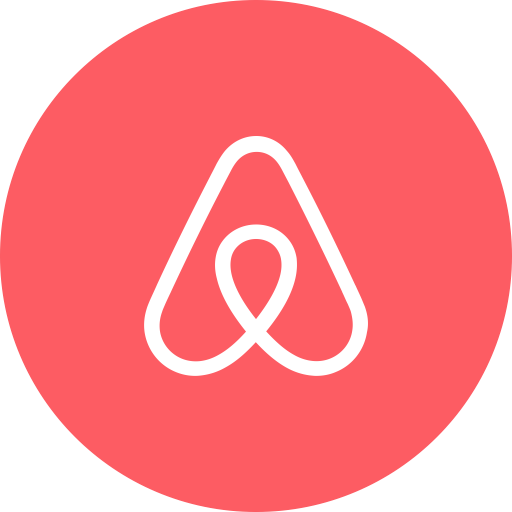
Here are some lessons that other businesses can learn from Airbnb:
- Identify a new market or niche and disrupt it. Airbnb identified a new market for travelers who wanted a more unique and affordable alternative to hotels. By providing a wide variety of accommodations and a user-friendly platform, Airbnb was able to quickly grow its business and become a major player in the travel industry.
- Focus on customer experience. Airbnb’s success is due in large part to its focus on customer experience. The company’s user-friendly platform and secure booking system make it easy for travelers to find and book accommodations. Airbnb also has a strong community of hosts and guests, which helps to create a positive and welcoming environment for everyone involved.
- Be innovative and adaptable. Airbnb has been able to stay ahead of the competition by being innovative and adaptable. The company has constantly introduced new features and services, such as Airbnb Experiences, which allow travelers to book unique activities and events. Airbnb has also been able to adapt to changes in the travel industry, such as the rise of mobile travel.
These are just a few of the lessons that other businesses can learn from Airbnb. By following these principles, businesses can create new markets, disrupt existing industries, and provide their customers with a better experience.
7. Tesla
Electric vehicle (EV) manufacturer Tesla has disrupted the automotive industry by challenging the dominance of internal combustion engines, transforming the perception of electric vehicles, and paving the way for sustainable transportation.
- EV design and performance. Tesla has transformed the perception of electric vehicles by creating high-performance, stylish EVs that rival traditional cars in speed, range, and luxury.
- Infrastructure. The company has built a robust charging infrastructure with its Supercharger network, alleviating range anxiety and making EV ownership more viable for consumers.
- Open-source technology. Tesla’s open sourcing of its electric vehicle patents has encouraged other automakers to invest in and develop their own electric vehicle offerings, fostering competition and innovation.
- Autonomous driving. Tesla’s visionary approach to autonomous driving, showcased through its Autopilot feature, has reshaped discussions around self-driving technology and the future of mobility.
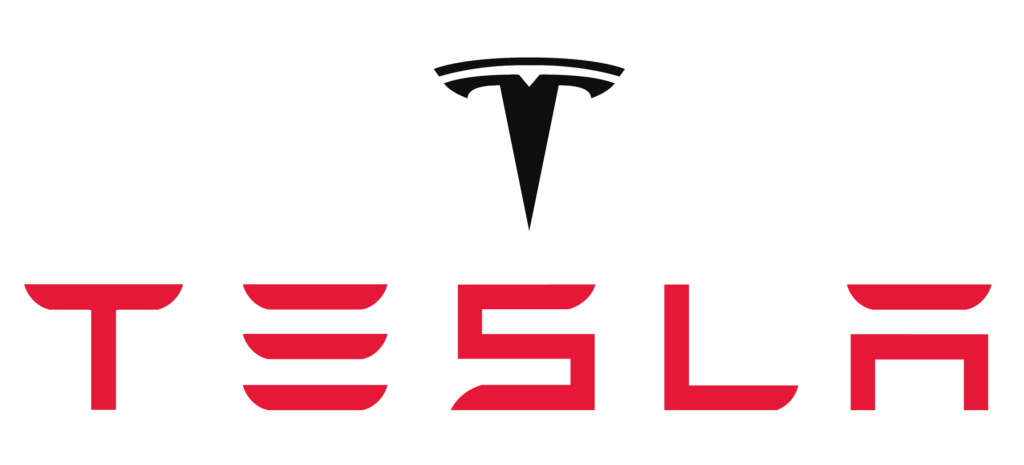
Some lessons that other businesses can learn from Tesla’s disruption of the automotive industry are:
- Focus on innovation. Tesla has developed new technologies, such as electric motors and battery packs, that have made electric vehicles more efficient and affordable.
- Create a compelling customer experience. The company’s vehicles are stylish, high-performance, and packed with features. Tesla also offers a convenient and reliable charging network.
- Be open to collaboration. The company has open sourced its electric vehicle patents, which has encouraged other automakers to invest in and develop their own electric vehicle offerings.
- Think big. The company is not just focused on selling cars, it is also focused on developing new technologies, such as self-driving cars and solar panels.
8. Spotify
Spotify disrupted the music industry by fundamentally changing how people access and consume music.
- Streaming. Spotify eliminated the need for physical albums and downloads by offering instant streaming access to millions of songs and podcasts.
- Subscription-based. Spotify replaced the need to purchase individual songs or albums, providing unlimited access to the entire music catalog for a monthly fee.
- Personalization. Spotify’s personalized recommendation algorithms enhanced the discovery experience by offering tailored recommendations and curated playlists based on users’ listening habits.
- Variety and accessibility. The platform empowered artists, including independent musicians, by providing a global platform for sharing music and reaching a wide audience.

We can learn a few things from looking at Spotify’s success over the years:
- Be customer-centric. Spotify’s focus on the customer was evident in its commitment to providing a convenient, flexible, and personalized listening experience. The company allowed users to create and share playlists, listen to music offline, and control playback from any device.
- Be willing to take risks. Spotify was willing to take risks in order to disrupt the music industry. The company invested heavily in its streaming technology and in marketing its service. It also took risks by signing exclusive deals with major artists.
- Be persistent. Spotify faced significant challenges in its early years. The company had to compete with established music companies and with illegal file-sharing services. However, Spotify was persistent and eventually emerged as the leading streaming music service.
9. Apple
Apple spearheaded innovation with groundbreaking disruptive technology that transformed how we communicate, consume media, and interact with technology, setting new industry standards and reshaping consumer expectations.
- iPhone. Apple transformed the smartphone market by combining sleek design, intuitive user interface, and a wide range of functionalities into a single device.
- iPad. Apple revolutionized the tablet market by offering a larger screen size, touch interface, and powerful performance for work, entertainment, and creativity. The iPad’s impact extended to education, transforming classroom learning and digital textbooks.
- Apple Watch. Apple disrupted the wearable technology market by combining fitness tracking, notifications, and apps into a compact device worn on the wrist.
- Interconnectivity. The Apple Watch set a benchmark for wearable technology by seamlessly integrating with other Apple devices and services. Apple’s ecosystem, including iCloud and Apple Music, created a seamless and interconnected user experience across multiple devices.

Everyone can learn something when looking to Apple as an example for disruptive innovation. Here’s a few:
- Focus on simplicity. Apple products are known for their simplicity. The company’s products are easy to use and understand, even for people who are not tech-savvy.
- Create a sense of community. Apple has created a strong sense of community around its products. Apple users often feel like they are part of a special group, and they are proud to own Apple products.
- Be passionate about your products. Apple employees are passionate about their products. This passion is evident in the way they design, develop, and market Apple products.
- Be open to change. Apple has been able to stay ahead of the competition by being open to change. The company has been willing to adapt its products and services to meet the changing needs of its customers.
10. Artificial intelligence (AI)
The disruptive power of artificial intelligence (AI) lies in its ability to process and analyze vast amounts of data, enabling automation, personalization, and predictive capabilities.
- Finance. AI has revolutionized trading and investment strategies in the finance industry, enabling automated trading and more accurate predictions.
- Healthcare. AI has driven advancements in diagnostics, treatment, and patient care, improving disease detection and personalized support.
- Customer service. AI-powered chatbots and virtual assistants have transformed customer service by providing 24/7 support and personalized interactions.
- Manufacturing. AI optimizes production processes, predicts equipment failures, and streamlines supply chain management in manufacturing.
AI has challenged the status quo in many industries and businesses. Here a few:
- Automating tasks that were previously done by humans. This has led to job losses in some industries, but it has also created new jobs in the development and maintenance of AI systems.
- Providing more personalized experiences. AI can be used to collect data about individuals and use that data to provide more personalized recommendations, products, and services.
- Making predictions. AI can be used to analyze data and make predictions about future events. This can be used for things like forecasting demand, identifying fraud, and preventing accidents.
How do you put disruptive innovation in practice?
Successful disruptive business models are rooted in key factors such as innovation, putting customers at the center, being agile, and staying adaptable.
Startups, entrepreneurs, and new entrants aiming to shake up industries must deeply understand customers’ needs, harness the power of technology, and forge strategic partnerships in their value network. By doing so, they can create a lasting impact and challenge established players.
Incumbents face their own set of challenges when confronted with innovation. To stay relevant in a rapidly changing business landscape, they must be open to embracing change, fostering innovation within their organizations, and exploring collaboration opportunities. By actively monitoring emerging trends, proactively identifying potential disruptors, and investing in research and development, incumbents can adapt their business models and stay ahead of the curve.
Ultimately, disruptive business models thrive on a mix of factors such as innovation, customer focus, agility, and adaptability.
IMD’s Disruptive Innovation Course: Empowering leaders to drive transformation
Understanding disruptive innovation can help business management professionals identify potential disruptions, anticipate existing market changes, determine types of innovation, and make strategic decisions to stay competitive.
Get the latest digital transformation content in your inbox 💌

